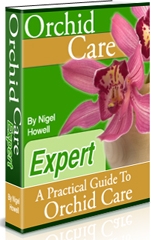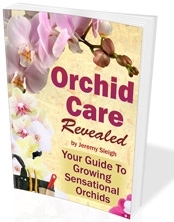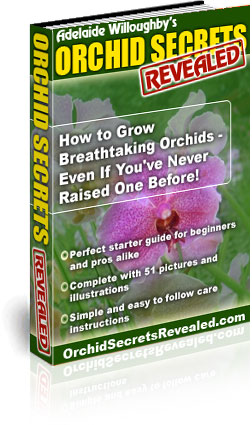
Homemade Orchid Fertilizer Recipes
Orchid Care Guide
Homemade
Orchid Fertilizer (or commercial orchid fertilizer) is essential for
your orchid's growth. They provide the nutrients it needs to promote
flowering, healthy stems, shoots, foliage and roots. There are a number
of homemade orchid fertilizers you can make easily, although commercial
fertilizers are the best source of balanced
nutrition for your orchids.
Some
of
the most popular homemade orchid fertilizers contain:
- Milk
- Tea
- Eggshells
- Crushed dried chicken bones.
- Molasses
- Potatoes
- Water that rice has been boiled in
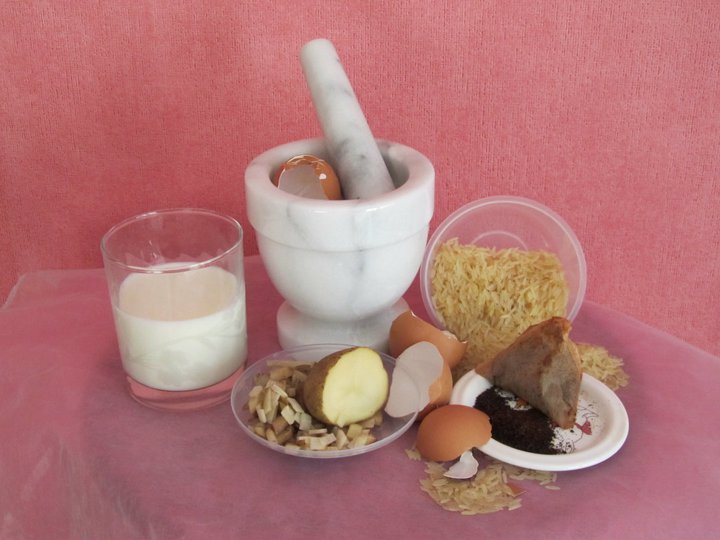
Why
do these homemade orchid fertilizer recipes help orchids?
Orchids
thrive when they are fed the proper balance of Nitrogen (N),
Phosphorous (P) and Potassium (K), preferably given in a water-soluble
formula. These 3 nutrients are known as macro-nutrients (N-P-K). Milk,
Tea,
Eggshells, Crushed dried chicken bones, Molasses, Water that rice has
been boiled in, and Potatoes
contain some of these elements, although not in an entirely balanced
way as you'll read later.
- Nitrogen is for foliage, stem and shoot growth.
- Phosphorous aids healthy root growth.
- Potassium promotes flowering.
Milk (contains Nitrogen, Potassium, Calcium, Magnesium)
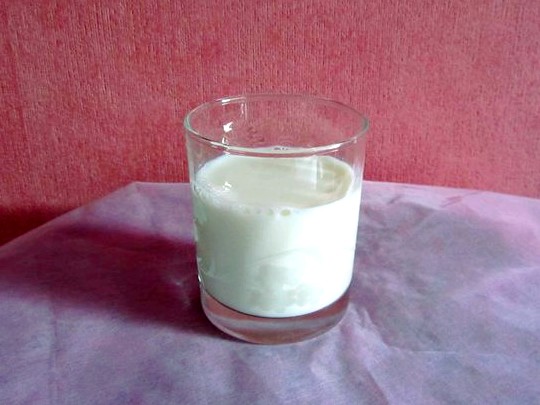
Milk
contains nitrogen-building protein that your orchids require. Feed the
plants by mixing one part of milk to four parts of water. Use this
every two weeks.
Tea (contains Nitrogen)
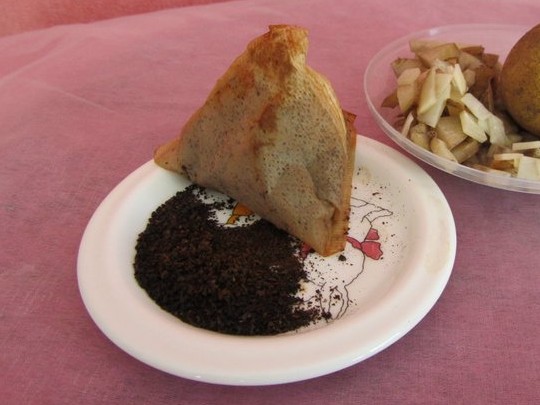
Used
tea
bags, which are high in nitrogen, are especially good for orchids. Tea
bags contain organic matter that is non toxic and does not smell bad.
To use the tea bag, open it and empty the contents into the orchid pot.
Apply once monthly in the spring and summer months.
Notes about Nitrogen levels
One thing to remember when making homemade orchid fertilizers is that orchids need a fertilizer that is higher in nitrogen than ordinary household plants. This is because an orchid's potting medium usually consists of tree bark. The bark is home to bacteria that consume a lot of the nitrogen in fertilizers, leaving very little for the orchid itself, so your orchid fertilizer needs to compensate for this.
Also
note - Nitrogen should not be obtained from urea. Fertilizers
containing urea are ok for common household plants with their roots in
soil because the urea is slowly broken down by bacteria in the soil,
releasing nitrogen for the plants. As orchids are not grown in soil the
urea is not broken down and thus the nitrogen from urea remains
unavailable for the orchid.
Potatoes (Contains Potassium and trace Phosphorous)
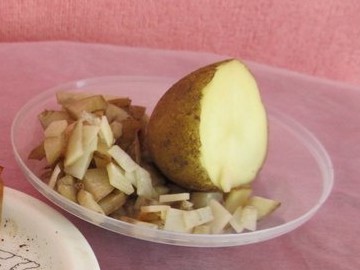
Chop
or
grate the potatoes into small pieces, including the skin, and boil for
a few minutes. You can add chopped fresh bananas and sugar to this mix
during boiling. This will add even more nutrients and will help the
ingredients to bind together. Any extra fertilizer produced can be
stored in jars.
Molasses (contains Potassium)
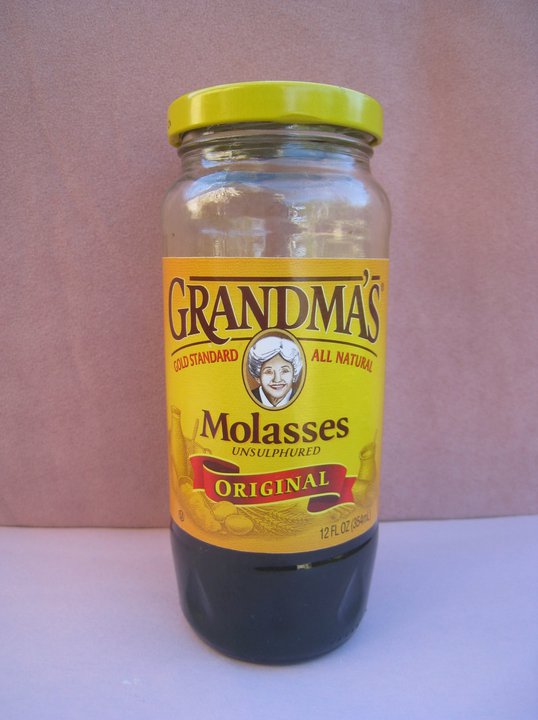
Use a
teaspoon of molasses diluted in the water used as part of your usual
watering routine.
Some
homemade orchid fertilizers contain traces of other chemicals
(micro-elements) such as calcium, which also provide your orchid with
nutrition.
Crushed Dried Chicken Bones (contains Potassium and Calcium)
Crush
dried chicken bones and sprinkle over the potting medium.
Egg Shells (contains Calcium)
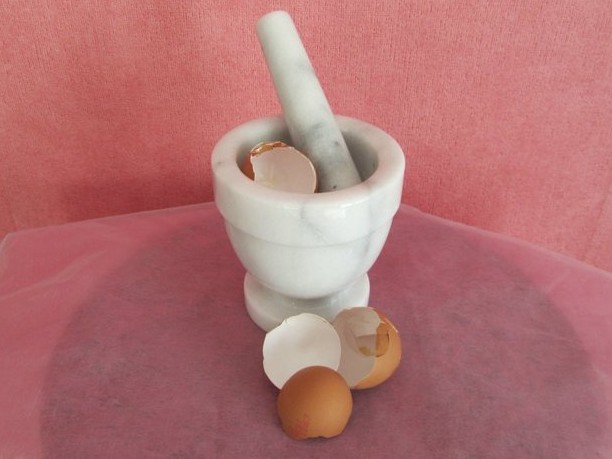
Saving eggshells and using them as orchid fertilizer is the cheapest and most efficient way to get calcium to your orchids. Crush the egg shells into pieces as small as possible or use a pestle and mortar to grind them into a powder. Sprinkle it on the bark in the pot.
A more
labor intensive way is to boil 10 eggshells in half a gallon of water
and let them steep for eight hours. Strain out the eggshells, store in
a covered container and use weekly.
Epsom Salts (contains Magnesium)
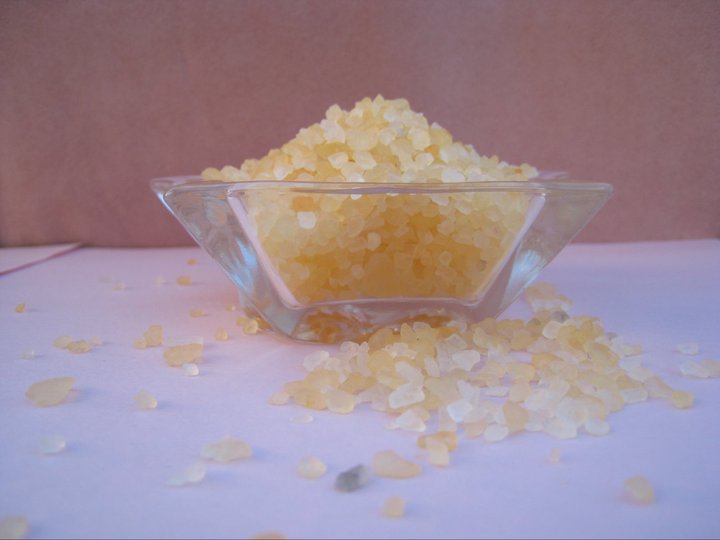
Magnesium,
another nutrient required, can be given to the orchid in the form of a
teaspoon of Epsom salts in the water. (Advice on the amount of Epsom
salts vary from1 teaspoon to 1 tablespoon in 1 gallon of water)
Water that rice has been boiled in
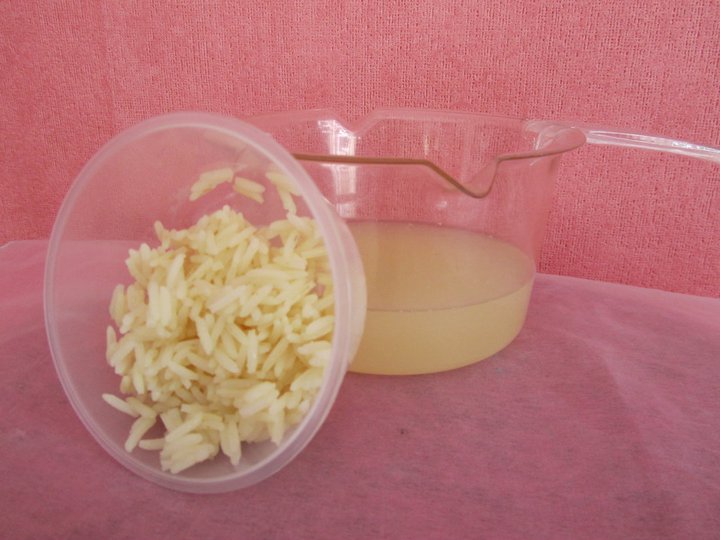
Provide
extra minerals for your orchid by using the water that rice has been
boiled in. (Brown rice is better as the brown rice shell contains
niacin, thiamin, riboflavin, and folic acid - many of these nutrients
are lost during the process of turning brown rice into white rice).
Today's rice manufacturing methods often fortify white rice with other
nutrients such as calcium. Whatever rice you use, make sure you let it
cool to room temperature before pouring it into your orchid pot!
Precautions
If you
are unsure that your orchids will thrive with the use of your homemade
orchid fertilizer, you could try using them on the least favorite in
your collection as a trial run!
Remember
to flush your orchid pot through once a month, with plenty of water, to
wash out any build up of fertilizer salts that may have occurred.
Watch
for over-fertilizing - signs
include:
- Whitish crusts on the potting medium.
- Blackened roots.
- Leaves dying at the tips.
By
using
all or any of the above you cannot be sure that your orchid is getting
the correct amount of nutrients. Watch your plants carefully and take
note of good and bad reactions and if all else fails use a commercial
fertilizer for peace of mind (and your orchids well being). Commercial
Orchid Fertilizers are likely to be labeled using a N-P-K scale. This
describes the concentration of each of the three macro-nutrients
(Nitrogen (N), Phosphorous (P) and Potassium (K)) in the mix. A
water-soluble 20-20-20 fertilizer is ideal for most orchids.
Can I use the orchid compost to feed my orchid and do without a fertilizer?
Orchid
compost (bark for example) does not contain many nutrients. This
compares to other common household pot plants which usually have enough
food in the compost when you buy them to last for the first six weeks.
Therefore, you should start a feeding regime as soon as you buy an
orchid. Feed your orchids a weak, watered -down liquid fertilizer
(homemade or commercial) once a week or on alternate waterings.
In
nature, orchids are watered and fed with whatever is dissolved in the
rainwater. Capturing rainwater may or may not be an option for you
depending on where you live in the world, but most of us are going to
have access to milk, tea, chicken bones, rice and potatoes, or a
commercial fertilizer!
How does homemade orchid fertilizer compare to commercial orchid fertilizer?
Homemade
orchid fertilizer may be easy to create, but its rare for one household
item to contain the appropriate balance of N-P-K levels, and its
difficult to be certain of the precise level of nutrients that the
homemade fertilizer is providing for your orchids. Commercial
fertilizer has the advantage of providing consistent N-P-K levels feed
after feed. In addition, its possible to match the required N-P-K
levels of your specific orchid species with the specification on the
label of the
commercial orchid fertilizer being considered.
If you
wish to read further information on Homemade
Orchid Fertilizer Recipes, some popular recommended
reading is:
:
Most orchid lovers are taking
advantage of giving their beloved orchids consistent N-P-K levels feed
after feed, see what they are
saying about the results of the most popular orchid fertilizers that
are on sale
:
- Popular Water Soluble Orchid Food
- Innovative Orchid Food Mist Bottle
- Leading Orchid Bloom Booster
- Perfect sized box of Soluble Orchid Food
If you found this Homemade Orchid Fertilizer Recipes Guide useful, please click the "Like" button below, and leave us a comment in the box. Thank you!
Read more advice on How to Care For Your Orchids - in particular our Phalaenopsis Moth Orchids Care Guide and our Cymbidium Orchids Care Guide.
Recommended Reading #1
Available for immediate
download. Discover how to avoid mouldy roots, bud and leaf
drop, and how to deal with bugs and pests at Orchid
Care Expert - A Practical Guide to Orchid Care.
Recommended Reading #2
Available for immediate
download. Discover how to maintain healthy roots and leaves,
and create longer lasting blooms at Orchid
Care Revealed.
Recommended Reading #3
Available for immediate
download. Find out about the correct lighting, temperature,
and watering regime for your orchids at Orchid
Secrets Revealed.
Recommended Reading #4
Available for immediate
download. Discover successful orchid fertilizer recipes by
John Perez.

Copyright 2011 CareForYourOrchids.com. All Rights Reserved.
